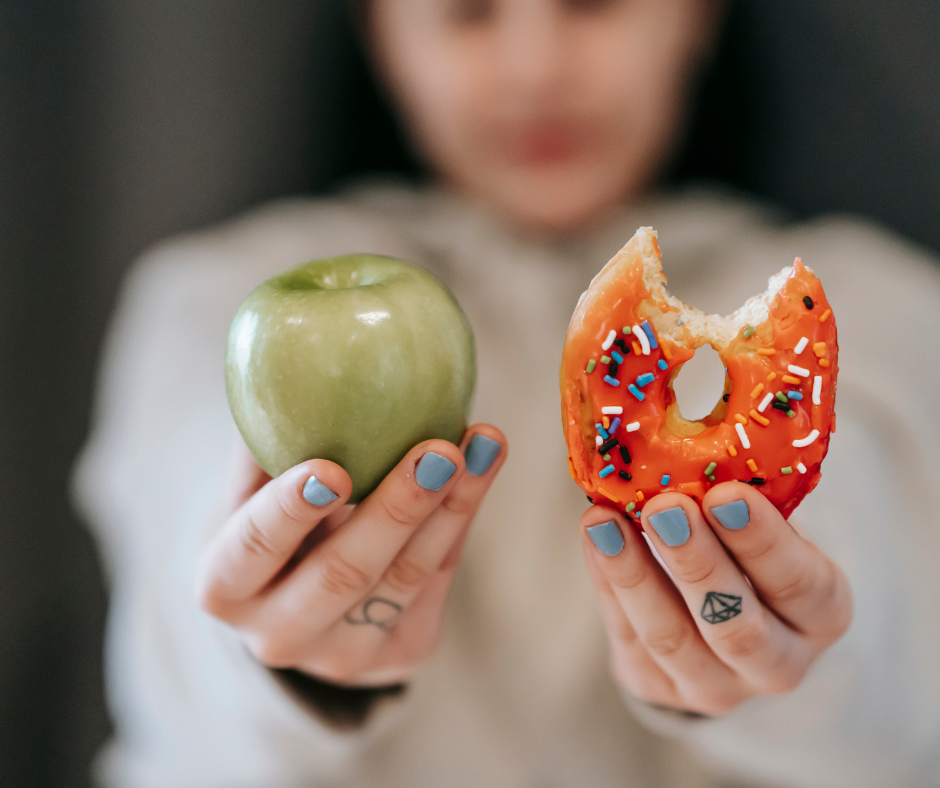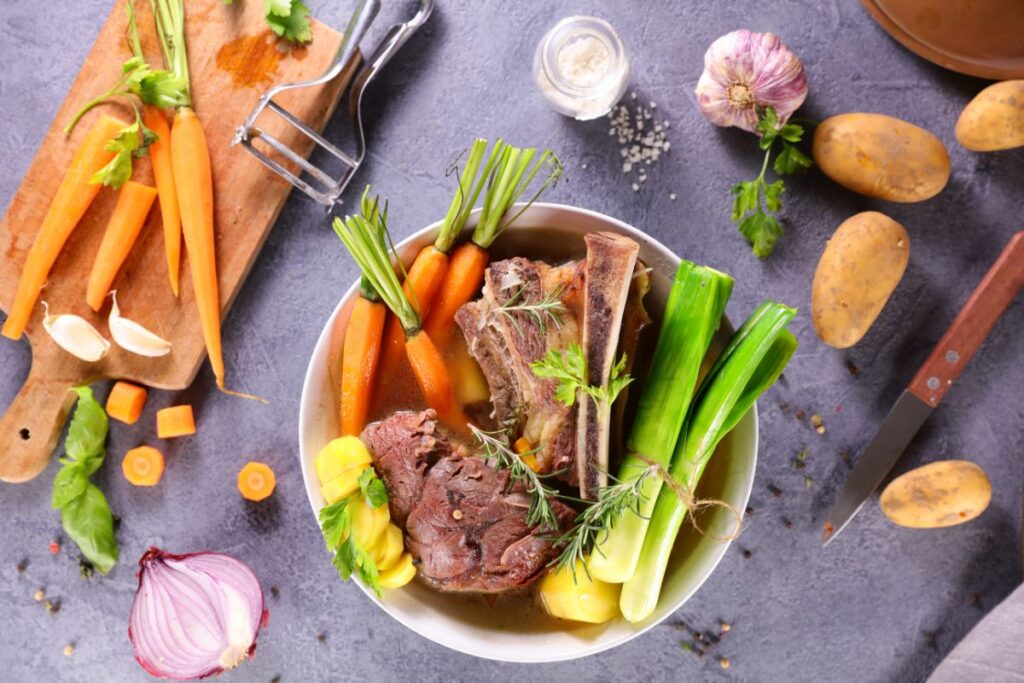
Gut health has become a major focus in our family, and for good reason: it impacts almost everything—our mood, energy, immune system, and even mental health. After learning about the GAPS (Gut and Psychology Syndrome) Protocol, we committed to giving it a try. Our goal? To improve our overall health by healing our guts from the inside out. Over the summer, we worked through the Intro to GAPS, and after 90 days, transitioned to Full GAPS with modifications that fit our lifestyle. Here’s a peek at what we learned, loved, and are still doing today to keep our gut in great shape!
Fot those of you unfamiliar with GAPS, the official GAPS site or these Weston A. Price Foundation articles (Article 1) and (Article 2) will give you a solid foundation on the protocol’s purpose, stages, and benefits.
1. The Basics of Gut Health: Why It Matters for Body and Mind
The gut does more than digest food – it impacts mood, energy, and even behavior. The gut microbiome produces neurotransmitters like serotonin and dopamine, which help with happiness and focus. A well-nourished gut supports a healthy immune system and clearer mental processing.
Understanding the Gut-Brain Connection
- Many people don’t realize that gut health is directly linked to mental well-being. Research shows the gut houses over 100 million nerve cells and produces important neurotransmitters like serotonin, which helps regulate mood and behavior. In our own journey, we noticed that our family’s behavior and emotional stability improved as we healed our guts. With better digestion, we noticed fewer meltdowns, calmer bedtimes, and happier attitudes. It’s been amazing to see firsthand how gut health plays out in our daily lives.
- If you’ve been wondering why you feel low-energy or moody, your gut might hold some answers. It really is your “second brain!”
- Harvard Health talks more about it here.
Prebiotics and Probiotics: The Building Blocks
- Prebiotics feed the good bacteria in your gut, helping them thrive. Foods like bananas, onions, and asparagus are easy ways to add prebiotics.
- Probiotics introduce live bacteria into your system. We make our own yogurt, add sauerkraut to meals, and include probiotic-rich foods often. Probiotics keep the gut balanced, which means better digestion and a happier gut environment.
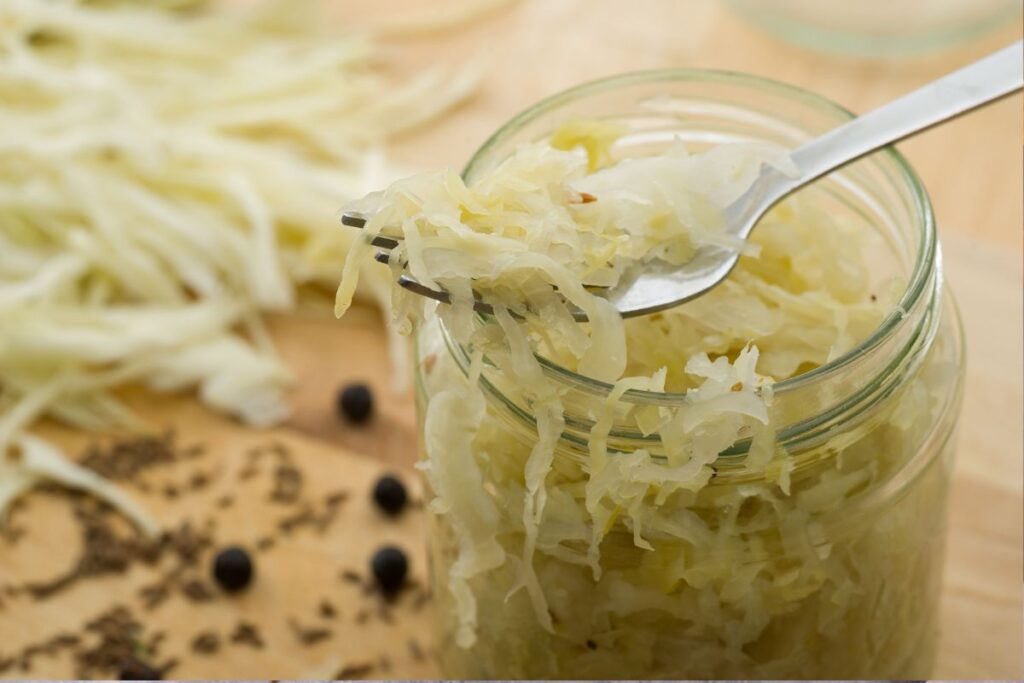
2. Learning from the GAPS Protocol: Foods We Loved and Why We Stuck with Them
Starting GAPS was a leap into the unknown, but it taught us a lot about nourishing food. Here are the staples we love and continue using:
Homemade Yogurt for Probiotics
One of our favorite parts of the GAPS journey has been homemade yogurt. Packed with probiotics, this yogurt adds beneficial bacteria that help balance the gut’s microbial ecosystem. We add it to soups, have it plain, or mix it with a little fruit. The fermentation process makes the yogurt easier to digest, and its natural bacteria supports gut flora.
Homemade yogurt doesn’t have any fillers or additives. Its simplicity helps us absorb all the benefits without upsetting our stomachs. Cultures for Health is an excellent resource for step-by-step guides on making yogurt.
Sauerkraut with Every Meal
Sauerkraut has become a staple! It’s full of probiotics and adds a delicious, tangy kick to most meals. The lacto-fermentation process not only preserves the nutrients in cabbage but also creates beneficial enzymes and organic acids that help digestion. Plus, sauerkraut is so easy to make at home, and it’s budget-friendly. With just cabbage, salt, and time, sauerkraut is one of the easiest (and cheapest) fermented foods to make and enjoy.
Daily Broth for Gut Healing
If there’s one thing we’re never without, it’s broth. It’s rich in collagen and amino acids, which are essential for healing the gut lining. We add broth to nearly every meal—whether it’s as a base for soups, sauces, or just sipping it on its own. It’s comforting, nourishing, and something we always make in large batches.
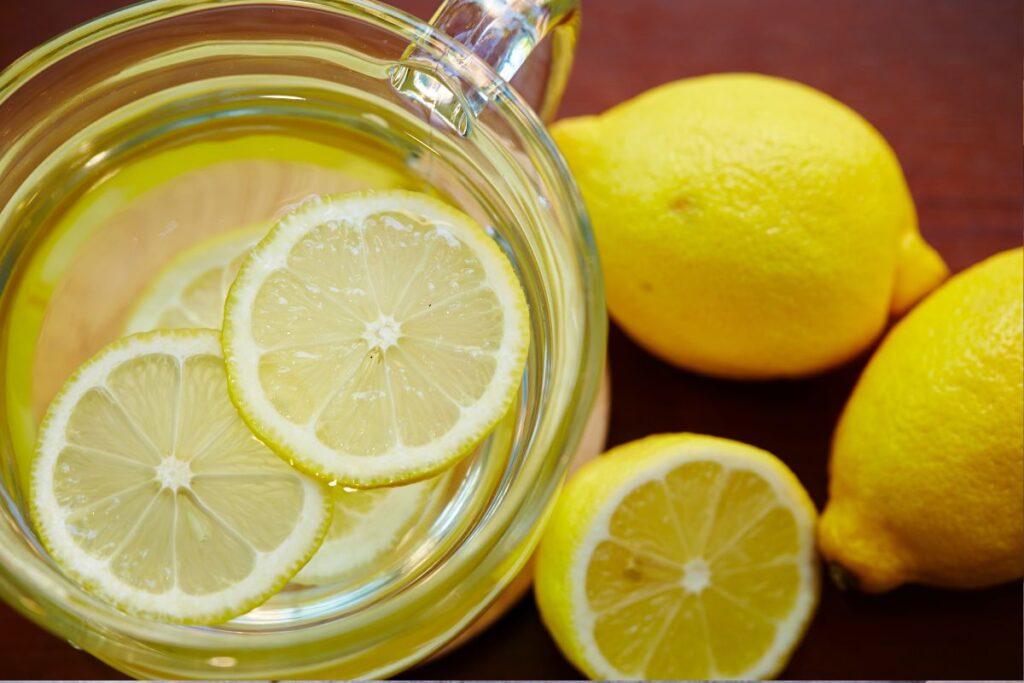
3. Simple Practices to Support Gut Health and/or gaps protocol Beyond Food
We’re big on practical, consistent habits to keep gut health manageable and enjoyable.
Daily Lemon Water & Salt
Every morning starts with lemon water with honey and a pinch of Celtic salt for the kids, and a teaspoon of Celtic salt for us adults. Lemon water aids digestion and helps with detox, while the salt replenishes minerals and supports hydration. It’s a simple habit with big benefits. Lemon water is also refreshing and hydrating. We find that it’s a great way to kick off the day without sugary juices.
Ginger & Turmeric Tea for Digestive Support
Ginger and turmeric tea has become a family favorite for calming digestion. Ginger is known for soothing the stomach and reducing inflammation, while turmeric supports gut lining integrity. This tea is a quick, cozy way to nourish our guts, especially during colder months. Doodle Bug especially loves this habit as tea is one of his favorite non-negotiables. He even loves to chop the ginger and turmeric.
Celtic Salt for Mineral Balance
Celtic salt provides minerals our bodies need for balanced hydration and efficient digestion. It’s a small addition, but it makes a big difference. We take a crystal of it from time to time throughout the day. We use it in everything – not only does it enhance flavor, but it also helps our bodies absorb and use nutrients from our food.
4. Building Your Gut-Health-Friendly Routine: Adding Prebiotics and Probiotics
Starting a gut-friendly lifestyle doesn’t have to be complicated. To keep it simple, try adding just one or two new probiotic foods each week. Maybe it’s a spoonful of sauerkraut with dinner or a serving of yogurt at breakfast. Then, pair it with prebiotic foods like garlic in your meals or sliced bananas in yogurt for a powerful gut-health duo. Here are some tips to help you get going:
Start Small and Stay Consistent
- Try One Thing at a Time: Choose one or two gut-friendly foods or habits to incorporate each week. Consistency over time is more effective than starting with too much.
- Focus on What You Enjoy: If your family doesn’t love sauerkraut, try yogurt or kefir instead. The goal is to keep it enjoyable.
Make It a Family Effort
- Get the Kids Involved: Kids love being part of the process, and homemade yogurt or broth can be fun for them to help with.
- Make It Routine: Choose one or two times a day for gut-friendly habits, like a morning lemon water and evening tea. Making it a daily part of life helps everyone see the benefits over time.
Don’t Stress the Perfection
- Focus on Progress: We’re not 100% on the Full GAPS protocol diet, and that’s okay. Gut health is about long-term changes, not perfection.
- Celebrate Wins: Notice the little improvements in mood, energy, or focus. Small signs of progress show that the effort is worth it.
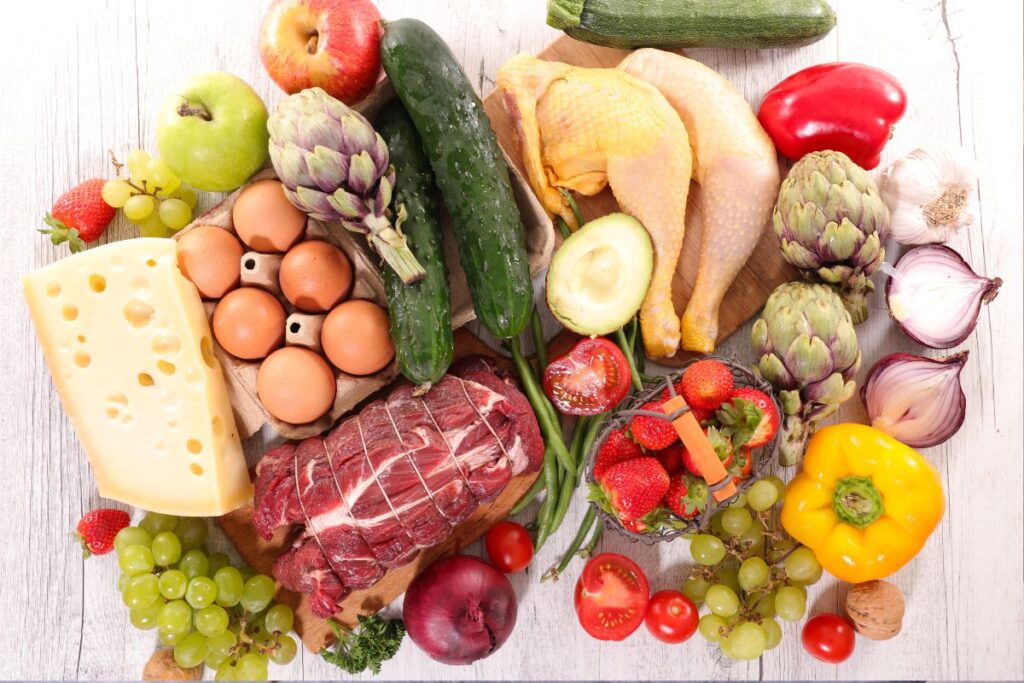
Lasting Gut-Health Habits: Keeping It Simple and Consistent
Stick with Animal-Based and Lots of Fruit
For us, staying primarily animal-based with ample fruit has been key to keeping meals simple and gut-friendly. Animal-based foods provide nutrients in an easy-to-digest form, and the fruit adds natural fiber that’s gentle on the gut. We stick with what feels good and adjust as we go.
whether doing GAPS Protocol or not, keep Meals Simple and Consistent
By focusing on simple, whole foods that nourish the gut, we don’t stress about complicated recipes or strict meal planning. Instead, we repeat our favorites and keep the routine easy to maintain.
Healing our gut through the GAPS Protocol was a process, but the benefits have been worth every step. If you’re considering a journey like this, start with a few small changes and see how you feel. Gut health is not just a trend; it’s the foundation of a happy, healthy family. By making intentional choices around food and routines, we’ve seen physical and mental changes that remind us just how connected our bodies are. Remember that every little step counts. So let’s raise a glass of broth (or ginger tea!) to building that foundation strong. Here’s to a healthy, balanced gut and all the goodness it brings!


